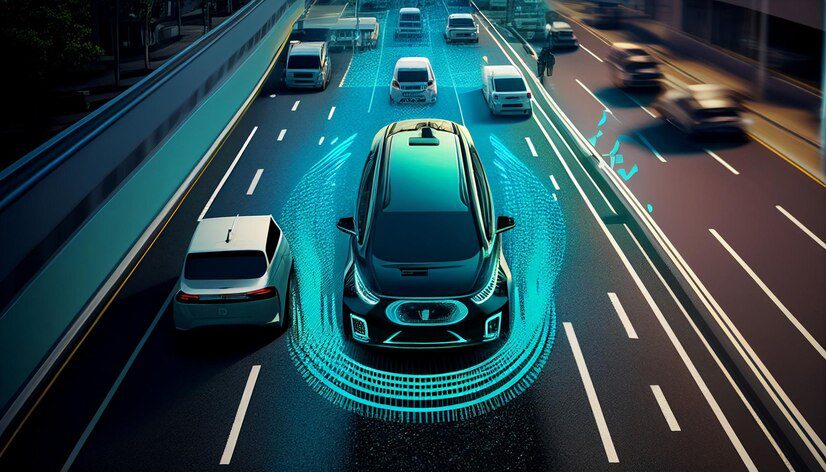Imagine a world where rush hour is a distant memory, traffic jams become a relic of the past, and that pesky parallel parking anxiety becomes a thing of the past. Enter self-driving cars, the futuristic vehicles that promise to revolutionize transportation. But are these autonomous automobiles ready to hit the gas on a widespread rollout, or are they still stuck in the slow lane of development?
The idea of self-driving cars has fascinated us for decades. Tech giants and automakers alike are pouring billions into developing these high-tech vehicles. According to a report by McKinsey & Company, the global self-driving car market is projected to reach a whopping $1.6 trillion by 2030. That’s a big bet on a technology that’s still under development.
So, buckle up as we explore the exciting world of self-driving cars and answer the burning question: are they truly ready to take the wheel?
The Promised Land of Self-Driving Cars: A Glimpse into the Future
Proponents of self-driving cars paint a rosy picture of a future transformed. Here are some of the effective benefits:
Increased Safety: Human error is a major cause of traffic accidents. Self-driving cars, with their advanced sensors and algorithms, could significantly reduce accidents.
Reduced Traffic Congestion: Self-driving cars could communicate with each other and optimize traffic flow, leading to smoother commutes.
Enhanced Mobility for All: Self-driving cars could provide transportation options for people who are unable to drive themselves, such as the elderly or those with disabilities.
Increased Productivity: Commuting time spent behind the wheel could be used for work, relaxation, or entertainment.
The Roadblocks Ahead: Challenges on the Path to Autonomy
While the potential benefits are undeniable, there are significant challenges that self-driving cars need to overcome before widespread adoption becomes a reality:
Technological Hurdles: Developing reliable and safe self-driving technology is complex. Navigating diverse weather conditions, handling unexpected obstacles, and ensuring foolproof decision-making are just some of the hurdles.
The Regulatory Maze: Governments and regulatory bodies need to develop clear guidelines and safety standards for self-driving cars to operate legally on public roads.
Ethical Dilemmas: What happens in an unavoidable accident? Who is liable – the car manufacturer, the programmer, or is a whole new legal framework needed?
Public Perception: Building trust with the public is crucial. Many people still have concerns about the safety regulations and reliability of self-driving cars.
Table: The Self-Driving Car Landscape – A Snapshot
| Level of Automation (SAE International) | Description | Example |
| Level 0 | No Automation | Driver is in full control |
| Level 1 | Driver Assistance | Features like lane departure warning or adaptive cruise control |
| Level 2 | Partial Automation | Driver can take hands off the wheel for short periods but must remain attentive |
| Level 3 | Conditional Automation | Driver can take their eyes off the road in certain conditions but must be ready to take control when prompted |
| Level 4 | High Automation | Vehicle can handle all aspects of driving in specific environments |
| Level 5 | Full Automation | Vehicle can operate safely and completely autonomously under any conditions |
The Road Ahead: A Cautiously Optimistic Outlook
Self-driving cars hold immense potential to revolutionize transportation. However, significant challenges remain. The technology needs further refinement, clear regulations and ethical considerations need to be established, and public trust needs to be cultivated.
While widespread adoption of Level 5 fully autonomous vehicles might still be a few years down the road, the technology is constantly evolving. We’re already seeing Level 2 and Level 3 features like adaptive cruise control and lane departure warning become commonplace in new cars.
The Takeaway: Self-Driving Cars – A Journey, Not a Destination
The self-driving car revolution is not a question of if, but when. The journey will require collaboration between tech companies, automakers, policymakers, and the public. By addressing the challenges head-on and prioritizing safety, we can pave the way for a future where self-driving cars become a safe and reliable reality on our roads.







